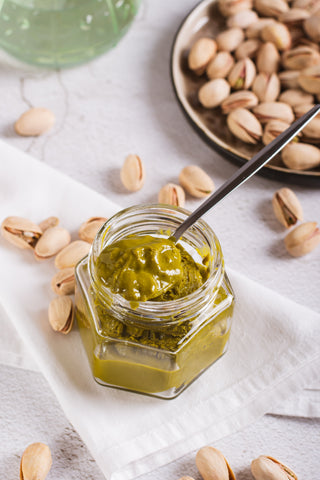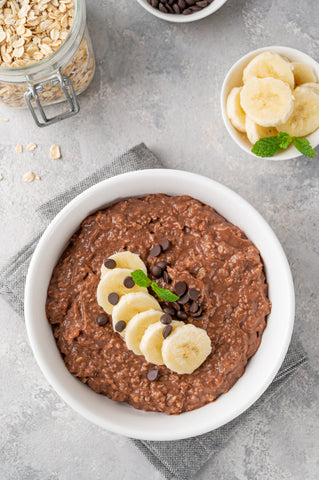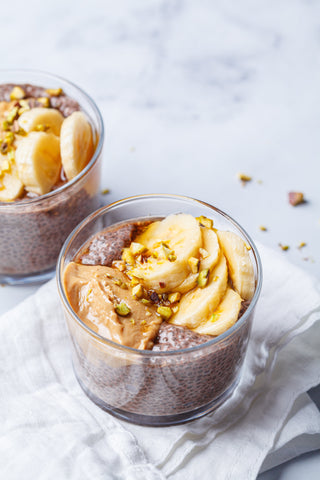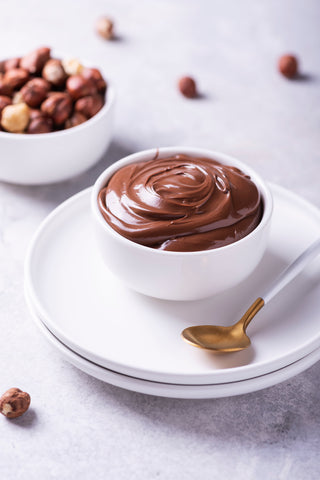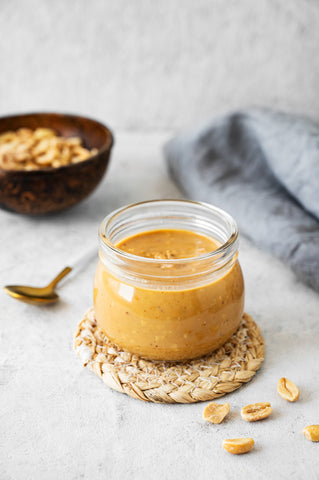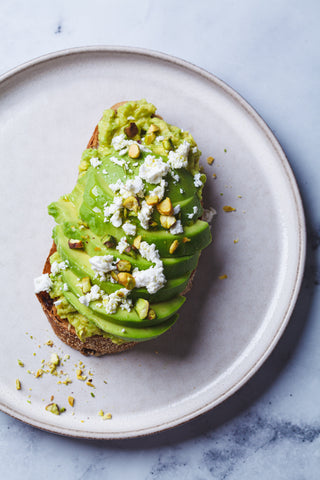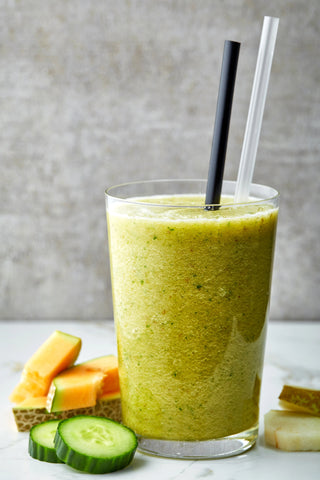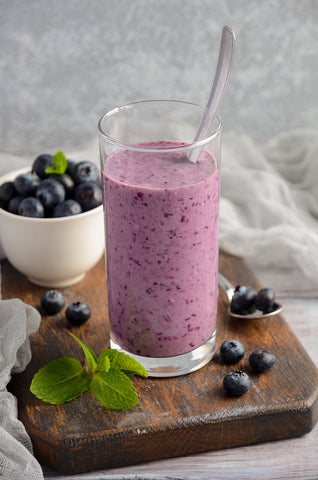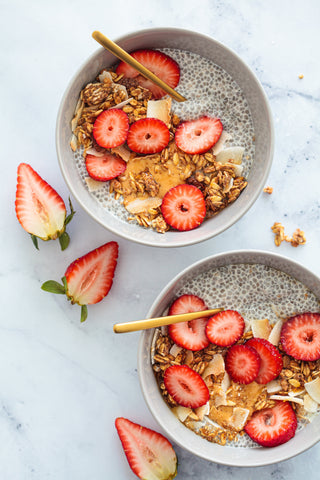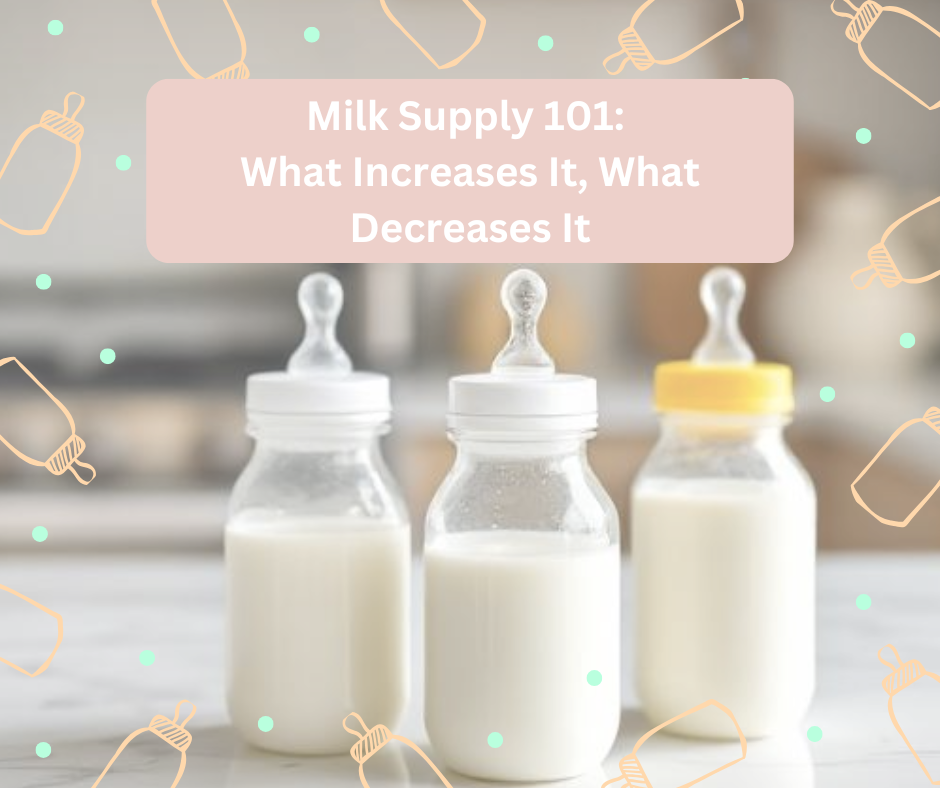
Milk Supply 101: What Increases It, What Decreases It
Share
Am I Making Enough Breastmilk? Real Talk on Supply, Stress & Trusting Your Body
If you’ve ever stared at your pump output and thought, Is that all?, or panicked when your baby seemed extra hungry, you’re not alone. One of the most gut-wrenching worries new moms face—especially in the foggy early days—is this:
“Am I making enough milk?” 😔
Whether you’re breastfeeding, pumping, combo feeding, or figuring it all out as you go, concerns about low milk supply can hit hard. And when your baby can’t exactly tell you if they’re full, the doubt creeps in fast.
But here’s the truth I wish someone had whispered to me at 2 a.m.:
Your body wants to feed your baby. And in most cases, it knows exactly how.
This post is here to offer clarity, reassurance, and zero shame. Let’s unpack the real signs of low milk supply, what helps increase breastmilk production naturally, and what might unknowingly get in the way—so you can stop second-guessing and start trusting your amazing, hardworking body. 💪💕
What Actually Increases Milk Supply? (No Magic Tea Required)
While there’s no instant fix, boosting breastmilk production is all about consistency, connection, and care—for your baby and yourself.
1. Frequent Nursing or Pumping
Breastmilk is a supply-and-demand system. The more milk you remove, the more your body makes. In the early days, aim for 8–12 feeds every 24 hours—even if it feels like all you do is nurse, pump, burp, repeat. It matters.
For the first-time mom feeling unsure: If baby is having wet diapers and gaining weight, it’s working—even if you can’t see it.
2. Skin-to-Skin Contact 🤱
Holding your baby close (shirt off, belly to chest) triggers oxytocin—your milk letdown hormone—and strengthens the emotional bond. It’s not just sweet; it’s science.
3. A Good Latch & Breast Drainage
A shallow latch can mean less milk removal = lower supply. If latching hurts or your baby seems frustrated, reach out to a lactation consultant. You deserve support.
4. Hydration + Nourishing Foods 💧🥗
You don’t need to “eat for two,” but drinking water and eating balanced meals helps. Oats, flaxseed, brewer’s yeast, and leafy greens are all gentle lactogenic foods to support supply.
5. Power Pumping
This method mimics cluster feeding: try pumping for 10 minutes on, 10 off, repeated for an hour once a day. It can signal your body to increase production.
6. Rest (Yes, You Need It) 😴
You’re postpartum—not a machine. Even 20 minutes of sleep while someone else holds the baby can improve hormone regulation and milk output.
What Can Decrease Milk Supply (And You Might Not Even Know It)
Sometimes, despite our best efforts, something quietly sabotages supply. Here’s what to look out for:
1. Scheduled Feeds Instead of On-Demand
Trying to stretch out feeds or follow a strict routine too early can tell your body to make less milk. Your baby—and your boobs—aren’t watching the clock.
2. Supplementing Without Replacing
Giving formula is totally valid—but if you skip a nursing or pumping session, your body misses the signal to keep producing for that time slot.
3. High Stress + Anxiety 😣
When cortisol (your stress hormone) spikes, oxytocin drops. That means slower letdowns and lower output. You’re not failing—you’re just human. Breathe. Call a friend. Cry in the shower if you need to. You’re allowed.
4. Dehydration or Skipped Meals
You're not just feeding a baby—you’re recovering. Keep snacks and a big water bottle at your nursing or pumping station.
5. Certain Medications 💊
Some allergy meds, hormonal birth control, or herbs like peppermint and sage can impact supply. Always ask your provider before adding anything new.
You Are Not Broken, Mama 💞
Low milk supply isn’t a reflection of your worth. It’s not a failure. It’s a signal. And there are ways to support your body through it—without shame, guilt, or going it alone.
If you need to combo feed, supplement, or switch to formula entirely, you’re still nourishing your baby with love, intention, and presence. That is what matters.
You are showing up. You are learning. You are enough.
FAQs: Breastmilk Supply Questions New Moms Still Ask
Q: How do I know if my baby is getting enough milk?
A: Look for steady weight gain, 6–8 wet diapers a day, and contentment after feeds. Some babies cluster feed during growth spurts, which is normal—not a sign you’re empty.
Q: What are real signs of low milk supply?
A: If your baby isn’t gaining weight, has dry diapers, or seems lethargic, check in with your pediatrician or lactation consultant. Don’t self-diagnose—get support early.
Q: Can stress really lower my milk supply?
A: Yes. Stress can delay letdown and reduce output, especially if it's chronic. Try grounding practices like skin-to-skin, deep breathing, or asking for help. It’s not indulgent—it’s essential.
Q: Should I wake my baby to breastfeed?
A: In the first few weeks, yes—especially if they’re not feeding 8–12 times per day. Once they’re gaining weight well, you can usually follow their lead.
Q: Do I need to drink milk to make milk?
A: Nope. Hydration is key, but water is just fine. There’s no need to drink dairy unless you want to.
Q: What’s the best way to increase milk supply naturally?
A: Frequent nursing or pumping, skin-to-skin contact, rest, hydration, and supportive nutrition. Power pumping can also help. And don’t underestimate the power of reassurance—you’re not alone in this.
You’ve got this, mama. And if today didn’t feel like enough? That’s okay. Tomorrow is another chance to try again—with softness, support, and so much grace. 💕










